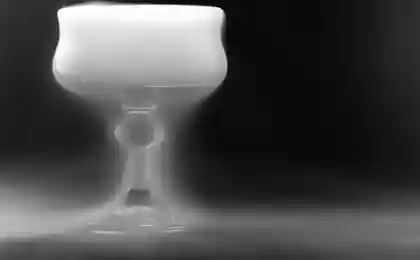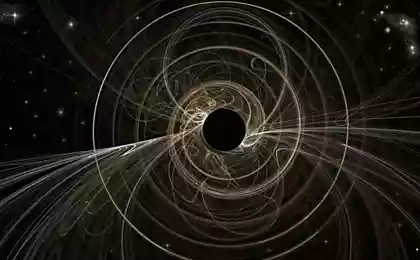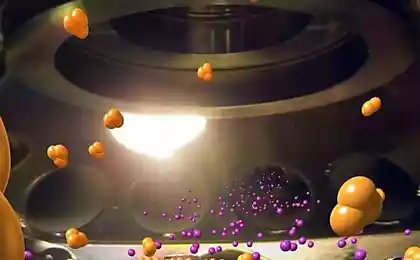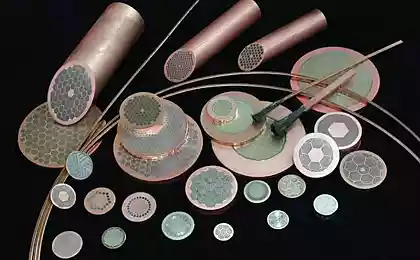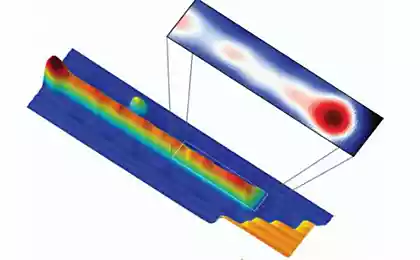919
Physicists have a new state of matter, which is capable of shedding light on the mysteries of superconductors

An international team of scientists led Kosmas Prasidesa from the Japanese University Tokoha to the public its new material with an amazing opportunity to go into different states - dielectric superconductors, metal, magnet, and even one previously unknown state of aggregation.
Science knows quite a lot of states of matter. Besides school solid, liquid and gaseous, there is plasma, superfluid liquids and твёрдые body , Bose-Einstein condensate, quark-gluon plasma, through the eyes, the supercritical fluid and a few more exotic options, which are known only to specialists in physics. Most states almost never occur in the natural environment and have been obtained in the laboratory.
Among them is a new state which can pass material derived from molecules of carbon-60, known as the фуллерены or buckyballs. They are a closed convex polyhedra, resembling a soccer ball.

Balls flavored rubidium atoms, which regulate the distance between buckyballs and affect the properties of the material. Thanks to them, the substance can, in particular, to move into a new state called "metal Jahn-Teller", in honor of the эффекта Jahn-Teller , which is associated with the interaction of the orbital states of the electrons and the crystal lattice distortion field. Approximate speaking, an increase in pressure in the material leads to a sharp increase in its electrical conductivity.
Only in this case, pressure control is not carried out physically by means of the clutches and presses and chemically - by varying the composition of substances that regulate the distance between its molecules and actually simulate the pressure change. In the transient state becomes like substance simultaneously on the dielectric and conductor.
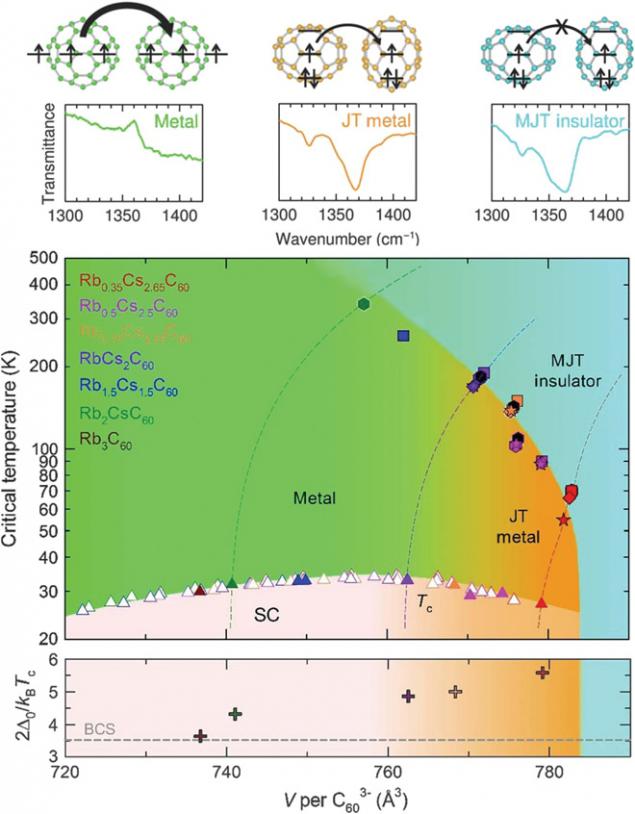
"What surprises us in this transition between the metal and dielectric, this border state, which had never been observed, - пишет editor of Physics World . - Researchers have called this state "metal Jahn-Teller effect," because the study of matter by means of infrared spectroscopy, it is clear that the form of fullerenes is distorted, which usually occurs only in dielectrics. Thus, measurement of ядерного Magnetic Resonance shows that the electrons jump from one molecule to another, which is a sign of the conductor ».
Superconductivity in materials occurs due to the effect of pair interaction of electrons coming together in so-called & Quot; куперовские couples & quot ;. For "ordinary" superconductors studied the effect is pretty good - they are going electronic phonon interaction (the interaction of electrons with quasi-particles - photons vibrations of the crystal lattice). As a result, pairs of electrons are attracted to each other. All of this occurs at extremely low temperatures.
In the studied material at a temperature superconductivity occurred at 35K, and not just in the intermediate state, which is called metal Jahn-Teller effect. Scientists still unknown mechanism of occurrence of pairs of electrons in this state - it is clear only that it is different from the mechanisms of "ordinary" superconductors. Rosseynsky Matthew, one of the researchers on the team, compared the behavior of the substance to the cuprates, высокотемпературными superconductors . The maximum temperature at which superconductivity in cuprates is fixed (135K), obtained from substances HgBa2Ca2Cu3O8 + x, opened in 1993 by physicists of MSU Putilin and Antipov.
Further study of the properties of the new material has the potential to shed light on the properties of superconductors in the future may help to finally get the coveted materials with superconducting properties at room temperature.
Source: geektimes.ru/post/250176/
Persuasive advertising yoga center
Microsoft stopped development of Windows, the new version will no longer be


